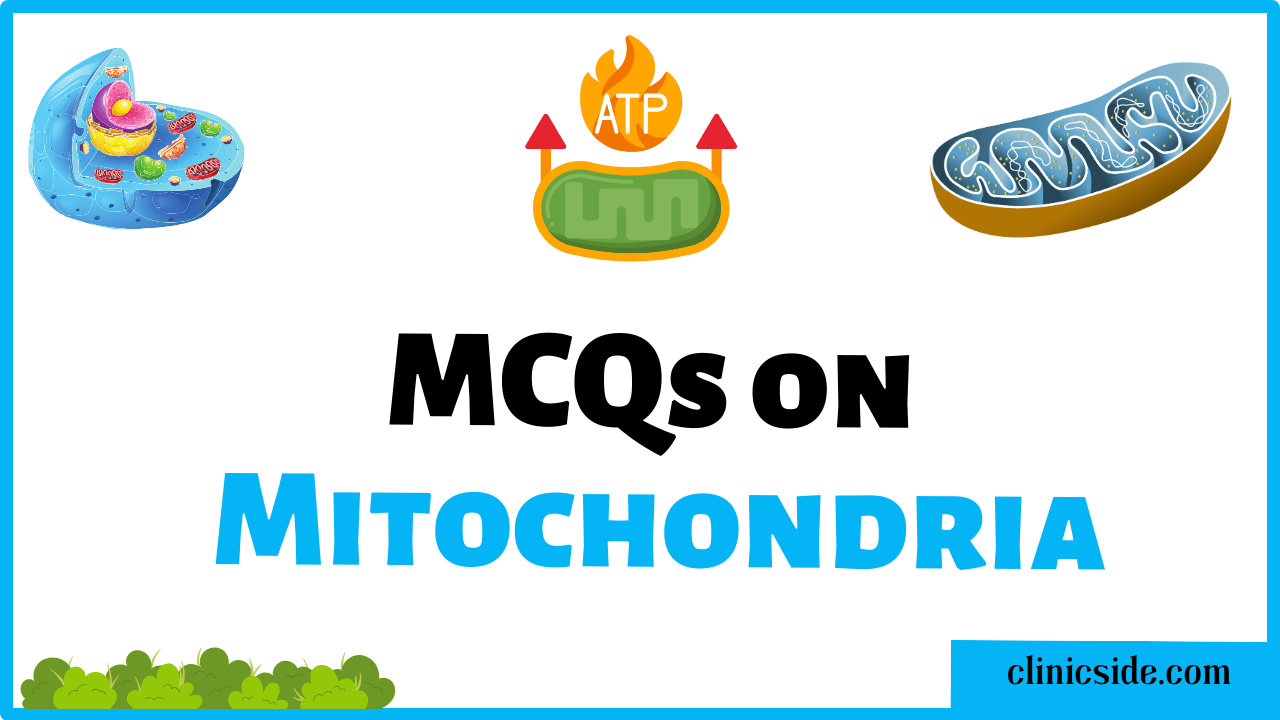Quiz
Available options: 1 to 20
Topics Covered in the MCQs
1. Location of the Light-Independent Reaction
The Calvin cycle, or light-independent reaction, takes place in the stroma of the chloroplasts. This fluid-filled matrix surrounds the thylakoid membranes and contains enzymes essential for carbon fixation and sugar synthesis, making it the central site for the Calvin cycle.
2. Key Enzyme: RuBisCO
The enzyme RuBisCO (Ribulose-1,5-bisphosphate carboxylase/oxygenase) is crucial in the Calvin cycle. It catalyzes the reaction between CO2 and ribulose bisphosphate (RuBP), initiating the carbon fixation process. RuBisCO is one of the most abundant and significant enzymes in the biosphere.
3. First Stable Compound Formation
The reaction catalyzed by RuBisCO results in the production of 3-phosphoglycerate (3-PGA), a three-carbon compound. This is the first stable molecule in the Calvin cycle and a critical intermediate for subsequent steps.
4. Carbon Dioxide Requirements
To synthesize a single glucose molecule, the Calvin cycle requires six molecules of CO2. Each CO2 molecule is fixed in a separate cycle, demonstrating the importance of multiple rounds of reactions.
5. Energy Molecules in the Cycle
The Calvin cycle depends on ATP and NADPH, which are energy carriers produced during the light-dependent reactions. ATP provides energy, while NADPH serves as a reducing agent to convert intermediates into glucose.
6. Regeneration of RuB
In the regeneration phase, ATP is used to convert some of the intermediate molecules into RuBP, allowing the cycle to restart. This ensures a steady supply of the carbon acceptor for CO2 fixation.
7. Phases of the Calvin Cycle
The cycle consists of three main phases:
- Carbon Fixation: CO2 is fixed into RuBP to form 3-PGA.
- Reduction Phase: ATP and NADPH are used to convert 3-PGA into G3P.
- Regeneration Phase: ATP is used to regenerate RuBP from G3P.
8. Energy and Molecule Requirements
To produce one glucose molecule, the cycle consumes 18 ATP molecules and 12 NADPH molecules, highlighting the energy-intensive nature of the process.
9. Primary Product: G3P
The immediate output of the Calvin cycle is glyceraldehyde-3-phosphate (G3P). Some G3P molecules are used to synthesize glucose and other sugars, while the majority regenerate RuBP for the cycle to continue.
10. Role of RuBP
Ribulose bisphosphate (RuBP) acts as a carbon acceptor in the first step of the Calvin cycle. Its regeneration is essential for the cyclic nature of the process.
11. Cyclic Nature of the Calvin Cycle
The Calvin cycle is a cyclic process because RuBP, the starting molecule, is regenerated at the end of the cycle. This allows the process to repeat and continuously fix carbon.
12. Dependence on Light-Dependent Reactions
Although the Calvin cycle is called the light-independent reaction, it is indirectly dependent on light. This is because it requires ATP and NADPH produced by the light-dependent reactions to drive its processes.
13. Adaptations in Certain Plants
Certain plants, like those in arid environments, use alternative pathways such as the CAM pathway to conserve water while efficiently fixing carbon. These adaptations highlight the flexibility of photosynthesis under varying conditions.
14. Importance of Carbon Source
The Calvin cycle uses carbon dioxide (CO2) as its primary carbon source. This fixation process converts inorganic CO2 into organic molecules, forming the basis of the biosphere’s carbon cycle.





